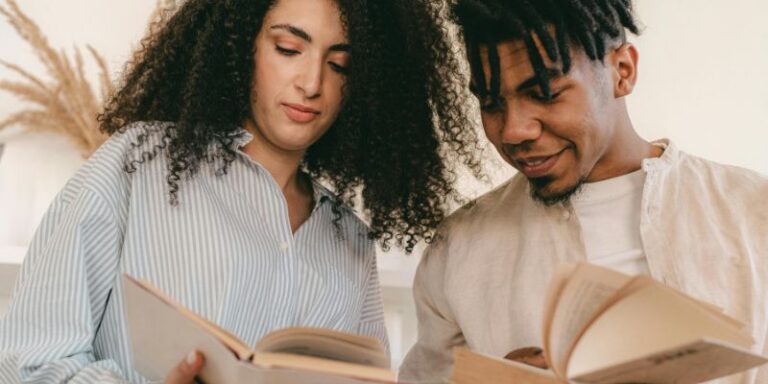We’ve all heard the classic rule, “Don’t judge a book by its cover,” but let’s be honest—most of us still do it unabashed. And you know what? It makes sense.
Even if a cover doesn’t always reflect the quality of the story within, it’s usually the first thing that grabs our attention. In fact, psychology shows that it’s almost impossible not to be influenced by a great design (or a bad one).
For indie authors, it’s easy to think, “If people pass on my book because of the cover, that’s their problem.” But the truth is, it’s the author missing out on a sale.
So, while judging a book by its cover might not be fair, it’s precisely how most of us operate. After pouring so much into your work, why not give it the best chance to succeed?
Why Readers Judge Books by Cover
As humans, we’re wired to make quick judgments based on appearances. A smile signals joy, a frown hints at sadness—we make these calls instinctively. The same thing happens when someone glances at a book cover. A cover can offer clues about the story inside in just a split second, helping readers decide whether they’re intrigued or ready to move on.

No one wants to waste their time or money on a book that doesn’t deliver, so we rely on these gut reactions. Think of a book cover as a first handshake—it can make or break a good first impression. A well-designed cover can instantly spark curiosity or set the right mood, while a bland or poorly designed cover might make a book look uninteresting, no matter how good the story is.
What Authors Can Do to Nail Their Book Cover
For new authors, there’s usually a limited amount of time, money, and resources to work with, so many try designing their own covers. But going the DIY route usually isn’t good enough. Even though seasoned readers know a cover doesn’t always match the quality of the story inside, it still influences their buying decisions. A lot.
Reedsy decided to test this out last year. They invited a handful of self-published authors with average-looking covers to let professional designers take a crack at redesigning them. Each cover was matched to a designer who specialized in that genre, and the new covers were tested on two popular book advertising platforms.
The results? Nearly every genre saw a big boost in clicks with the new, professionally designed covers. The only exception was Women’s Fiction, which saw a slight decline. Here’s how the numbers played out:
- Middle Grade: 24% improvement
- Fantasy: 164% improvement
- Mystery: 89% improvement
- Nonfiction: 28% improvement
- Memoir: 14% improvement
- Horror: 63% improvement
- Women’s Fiction: 9% decline
What’s the takeaway? A professional book cover can work wonders for your book’s visibility. Whether in ads, social media posts, or promo listings, a great cover helps your book get noticed at every stage of the sales process. And ultimately, that extra appeal can lead to more sales. Reedsy’s experiment proves just how much of a difference a polished cover can make.
Wrapping Up
As a writer, you probably know there are countless reasons a book might flop: not releasing new titles quickly enough to maintain interest in your backlist, having a weak blurb, failing to promote the book, lacking reviews, etc. However, one of the less obvious factors that can make or break a book is its cover. Many writers dismiss this element, thinking that readers shouldn’t judge a book based on its appearance, but the bottom line is—people will judge your book by its cover, and that’s unlikely to change.
While authors usually get the final say on their covers, most of us don’t have the design chops to pull off something great on our own. In a world where we often preach DIY and bootstrapping, it’s essential to remember that, sometimes, the smartest move is to invest in a professional. Cutting corners in this area could cost you big time in the long run.



